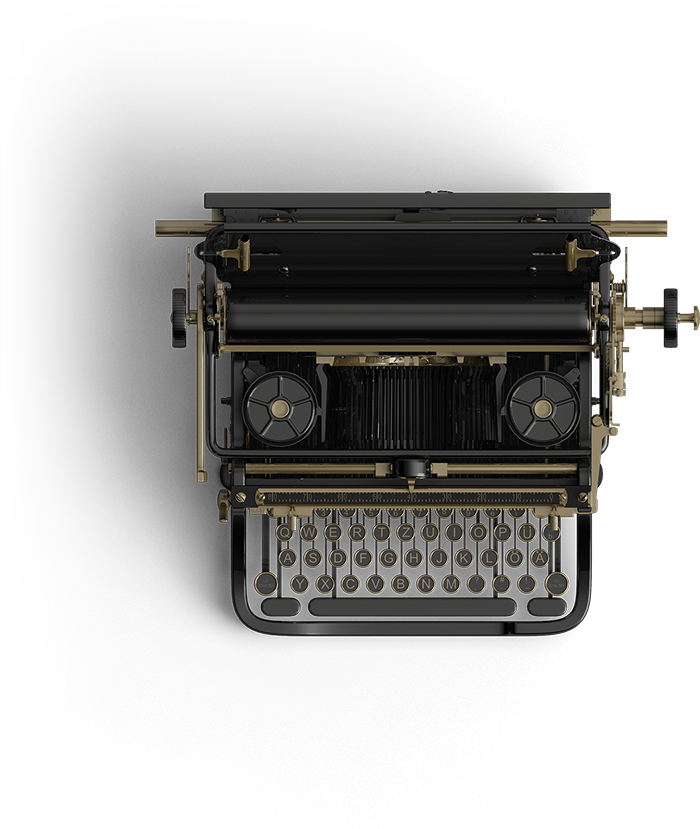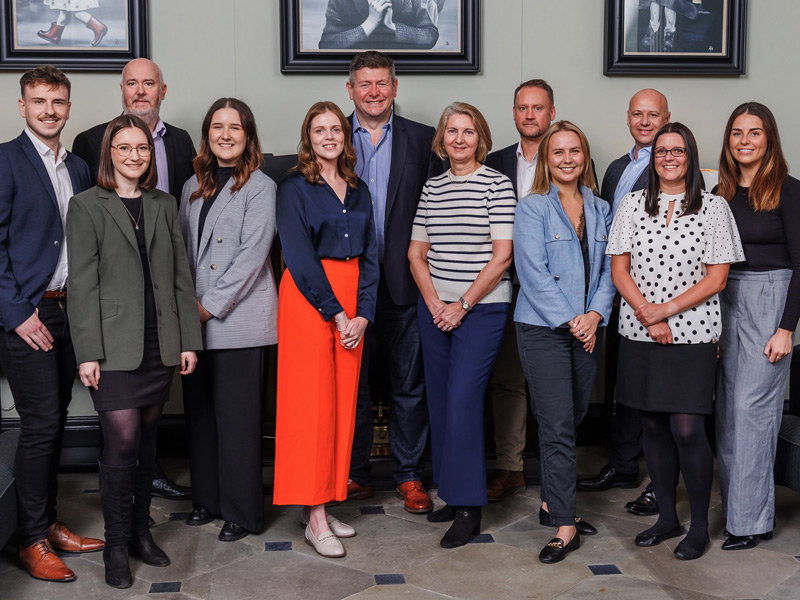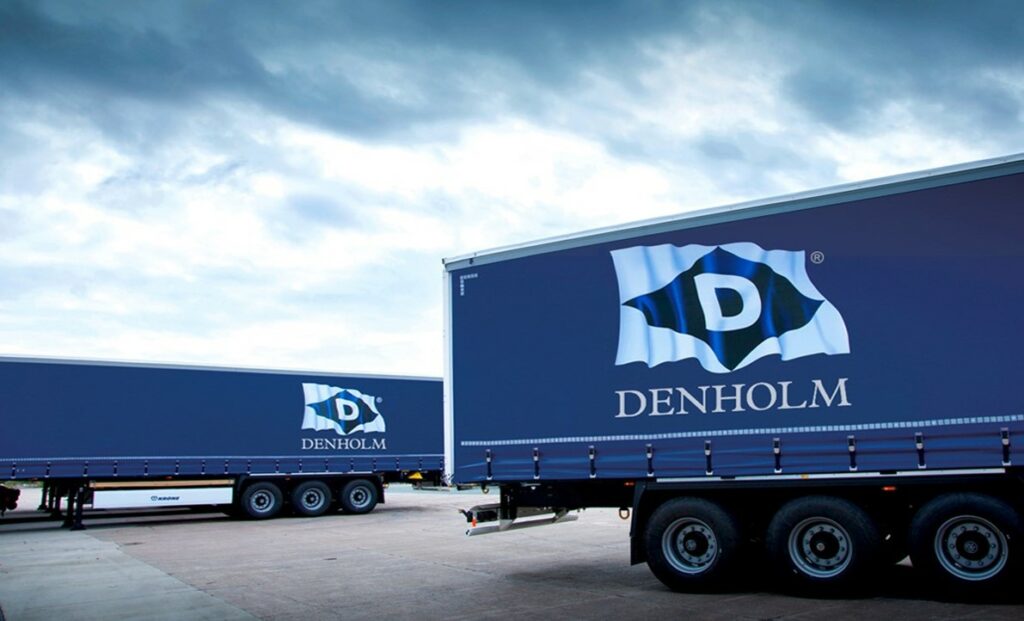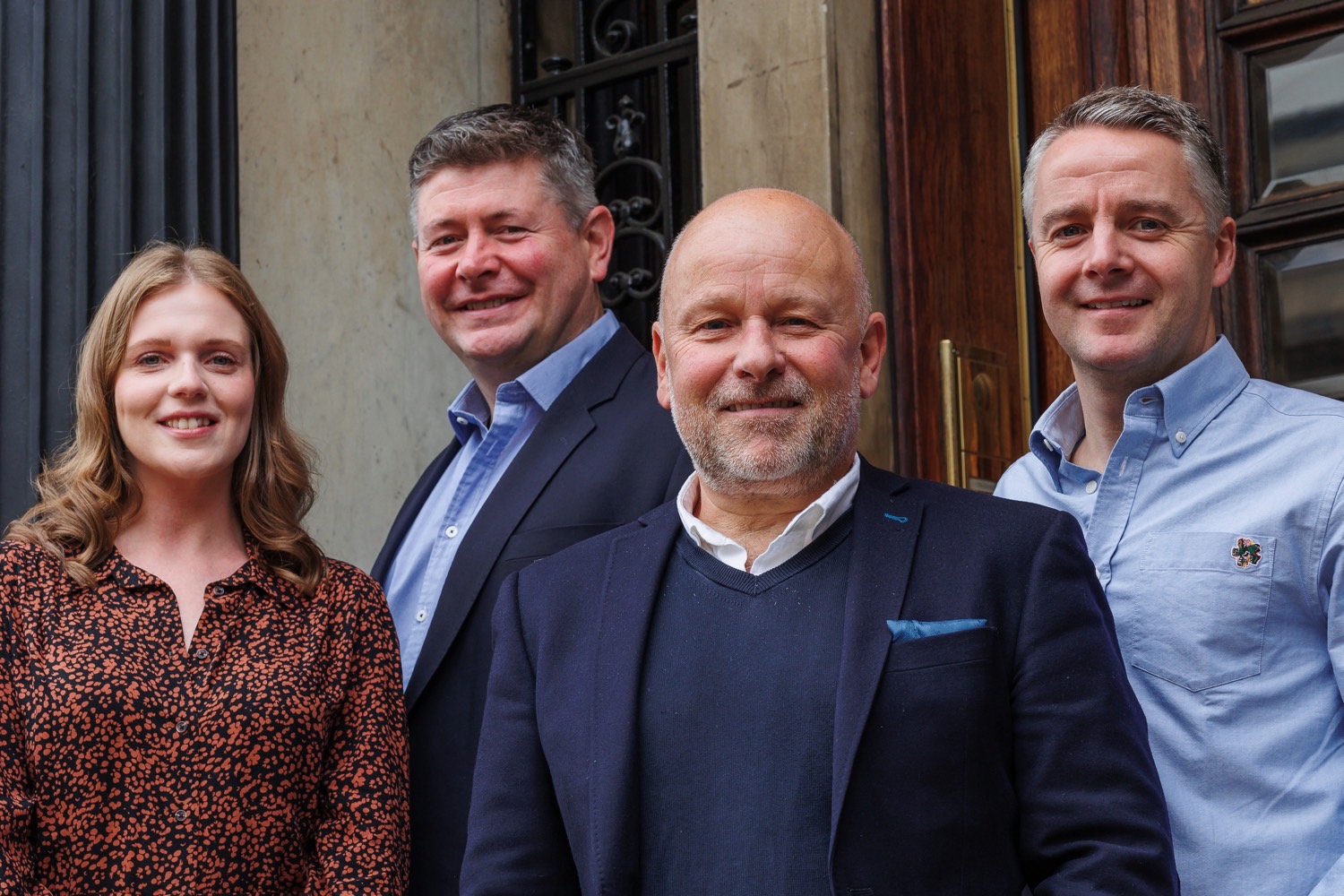







Experts in Executive Search
We are all about impact...
We are a market-leading executive search business with global reach, sector specialisms and functional expertise. We are focussed on the impact of each appointment we make and driven by the desire to help people and organisations realise their potential.
Contact Our Executive Search Specialists
We’d be delighted to provide further information. Get in touch with our team to find out how we can help you.
Featured Assignments...

Consultant Spotlight – Mark Lewis
Mark Lewis joined Livingston James Group as a start up in 2010, initially working for the executive search brand Livingston James, then moving on to set up the senior finance recruitment brand, Rutherford Cross as Managing Director in 2013, before joining the board of Livingston James Group in early 2020.
Livingston James Group is an employee owned business
We have become the first employee-owned business in our sector in Scotland.
Famous for excellence.
Our dynamic team has experience advising in a wide range of industries and sectors. We have led and developed businesses from board level, managing people and processes across countless specialisms and geographies. We can bring a unique perspective to your business needs.
Contact Our Executive Search Specialists
We’d be delighted to provide further information. Get in touch with our team to find out how we can help you.
Latest from the blog


Livingston James Retained by Corran Capital to Appoint a Principal / Investment Director
Corran Capital is an Edinburgh-based specialist private equity firm that invests in clean energy and sustainability-focused businesses.
We work with high-calibre entrepreneurs to support them scale and drive innovation in their companies. We are focused on investing in pioneering businesses from across the clean energy and sustainability spectrum, in areas including energy efficiency, renewable heat, recycling & resource efficiency, water & wastewater, transport/EV and the energy transition.

Telegraph Article on Impending Tax Changes
Our CEO, Jamie Livingston, spoke to The Telegraph and explained how the upcoming change will impact anyone earning over £28,850, meaning they will pay more in income tax than if they lived in England.

Insights From Livingston James CEO on the Introduction of a Sixth Tax Band
Our Group CEO, Jamie Livingston, recently shared his insights on a critical issue impacting Scottish companies: the introduction of a sixth tax band for high earners in Scotland.

Livingston James Retained by Corran Capital to Appoint a Principal / Investment Director
Corran Capital is an Edinburgh-based specialist private equity firm that invests in clean energy and sustainability-focused businesses.
We work with high-calibre entrepreneurs to support them scale and drive innovation in their companies. We are focused on investing in pioneering businesses from across the clean energy and sustainability spectrum, in areas including energy efficiency, renewable heat, recycling & resource efficiency, water & wastewater, transport/EV and the energy transition.

Telegraph Article on Impending Tax Changes
Our CEO, Jamie Livingston, spoke to The Telegraph and explained how the upcoming change will impact anyone earning over £28,850, meaning they will pay more in income tax than if they lived in England.

Insights From Livingston James CEO on the Introduction of a Sixth Tax Band
Our Group CEO, Jamie Livingston, recently shared his insights on a critical issue impacting Scottish companies: the introduction of a sixth tax band for high earners in Scotland.














